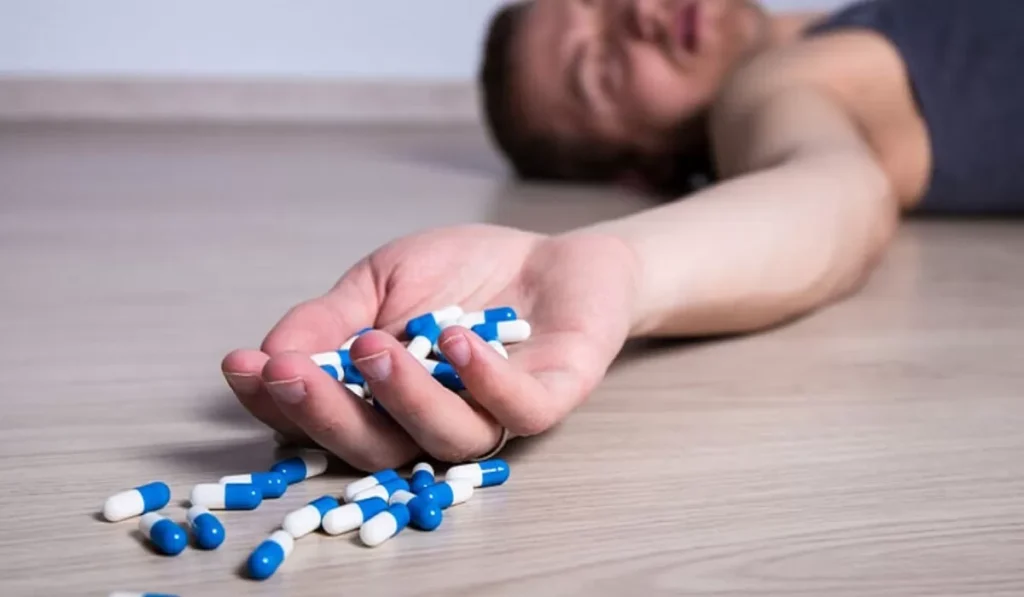
- There is an urgent need to scale up prevention, early intervention, and harm reduction of drug substance
By- Dr Archana Dhawan Bajaj, Gynaecologist, Obstetrician, and IVF Expert, Nurture Centre
Drug addiction has become a worldwide problem and its adverse effects including deaths have become a big concern now with increasing deaths. Children, adolescents, and youth are becoming victims of drug addiction and they are struggling to cope with this social menace. Peer pressure, adolescent immaturity and irresponsible parenting are the three-headed monsters luring children and adolescents towards addiction and a life of suffering and regret. There is an urgent need to scale up prevention, early intervention, and harm reduction of drug substances.
Drug addiction leads to chronic brain and other diseases. As a social evil drugs have the potential to cripple the younger generation enormously.
What is Drug Addiction?
It is simply referred to as a condition in which a person is addicted to any kind of drug. A strong and uncontrolled impulse to consume drugs is found in most cases. It usually begins with peer pressure for fun or due to curiosity but repeated consumption takes the form of abuse or addiction.
Types of Drugs
A Report – “Magnitude of Substance Use in India” by the National Drug Dependence Treatment Centre (NDDTC) of the All India Institute of Medical Sciences (AIIMS) has assessed the magnitude of use of Alcohol, Cannabis (Bhang and Ganja/Charas), Opioids (Opium, Heroin and Pharmaceutical Opioids), Cocaine, Amphetamine Type Stimulants (ATS), Sedatives, Inhalants, and Hallucinogens. These are the main types of drugs consumed in the country. Cocaine and amphetamines are stimulant drugs and can have a significant impact on the release of excitatory neurotransmitters. Alcohol and heroin are depressant drugs. They work by activating the inhibitory neurotransmitters. Both mood and personality are affected by these drugs.
There is some drug known as hallucinogenic and LSD and magic mushrooms fall in this category. These drugs adversely affect the nervous system- especially that control perception and thought process. According to the NDDTC Report, the most common drugs detected from urine samples at laboratories are Cocaine, Amphetamine, Methamphetamine,
Methadone, Morphine/Opiates, Phencyclidine (Angel dust/Hog/Killer Weed), Barbiturates, Benzodiazepines and Cannabinoids (THC/Marijuana).
Effects
These drugs can be habit-forming. Drug consumption can cause dizziness, drowsiness, respiratory depression and permanent or temporary damage to the central nervous system. Drug addiction affects both individuals and society. It is proven that drugs can damage the ability to think rationally and addicts ignore all responsibility towards career, family, friends, and even themselves. Usually, it starts on an experimental basis and after some time becomes a compulsion leading to addiction.
Adverse effects of drugs include health problems- liver, heart, blood sugar, hypertension, high cholesterol, memory disorders, imbalance, anxiety, depression, sleep disorder, weight loss or gain, decreased immunity, infertility- and psychological/Behavioural changes. Decreased performance at the workplace, Loss of interest, violent attitude, and personality change are other adverse effects of drug abuse.
Treatment & Care
The drug menace needs the serious attention of all stakeholders. People affected by the use of substances need adequate facilities and access. While initiating treatment, we need to focus on the pattern of drug consumption. Further, adequate attention needs to be paid to eliminating the chances of relapse. Hence, medical interventions need to be supported socially- friends and family.
Getting out of the vicious circle of drug menace is possible with short or mid-term care at rehabilitation centres that offer psychotherapy, counselling, and medical support. These centres also take into consideration a patient’s personal and professional life while offering support.
Drug use and addiction are preventable. Social groups- friends, and family need to be proactive in involving victims of drugs in social activities and such efforts would yield positive results. A massive drive for prevention and early intervention on a Mission Mode is the need of the hour. If stakeholders from schools, colleges, NGOs and the public health sector unite, India can easily and effectively tackle this issue of drug addiction.
